Easter food around the world
Easter is a time of dining traditions – buttery hot cross buns, roast lamb, simnel cake and, of course, the ubiquitous chocolate egg
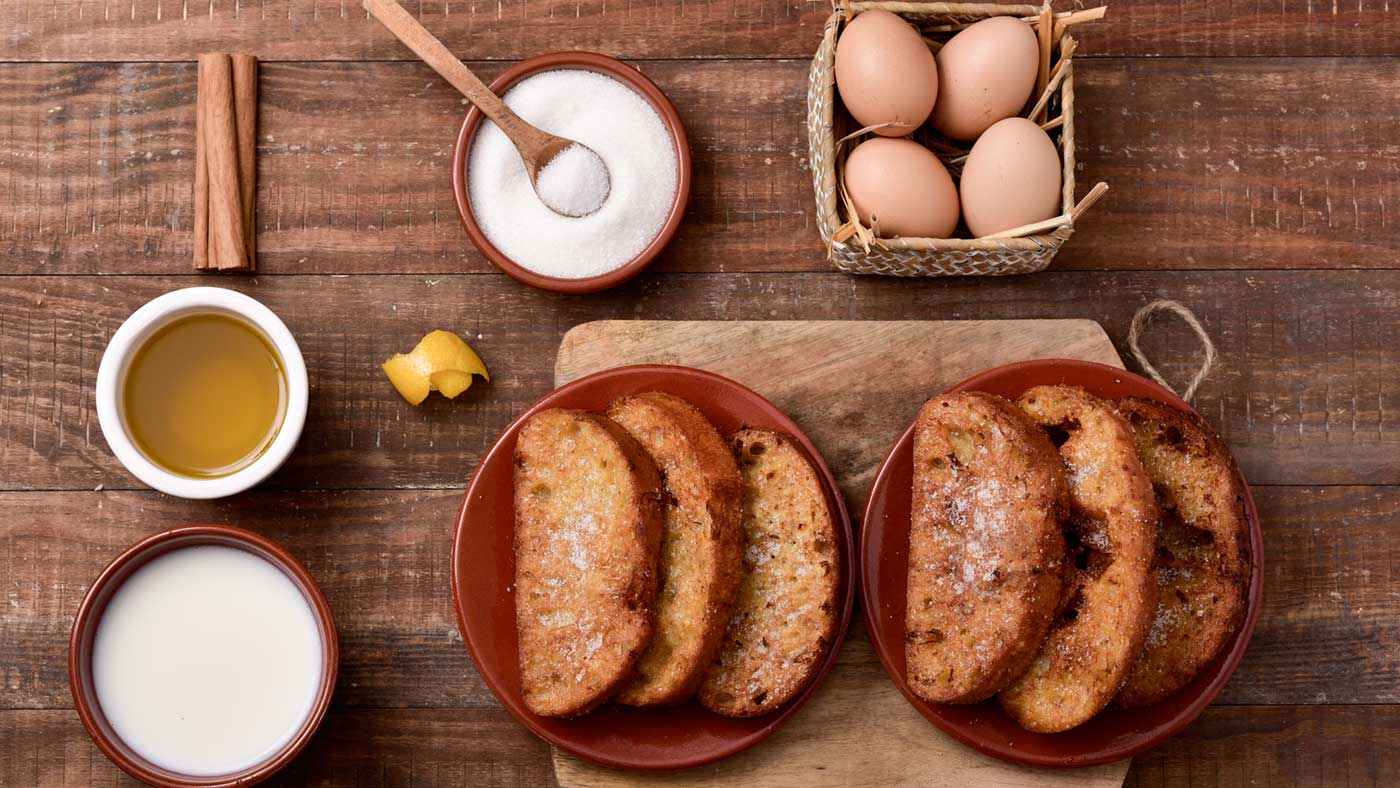
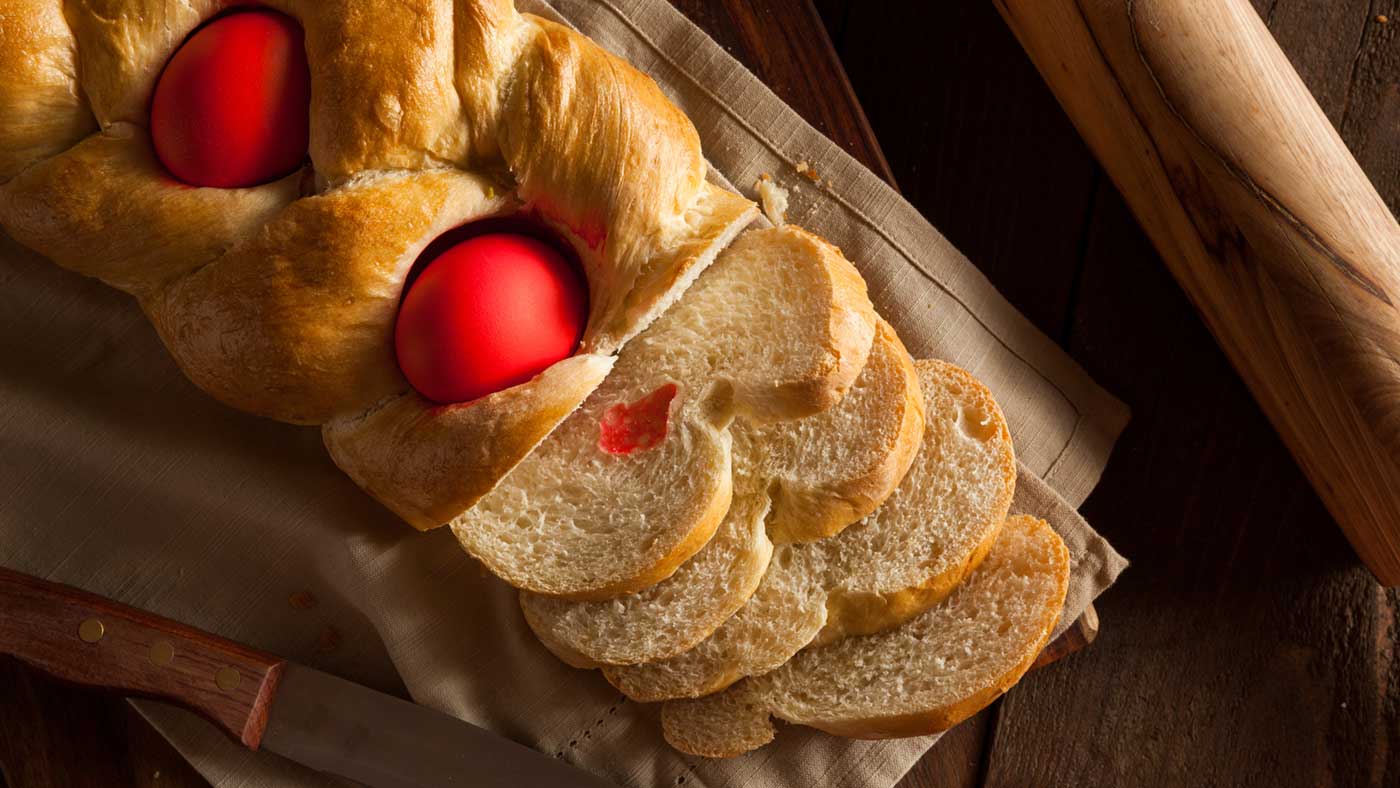
The Christian period of Lent, which culminates in Easter weekend – Maundy Thursday, Good Friday and Easter Sunday – is full of customs and traditions that have developed over centuries and differ from country to country.
Bread and eggs, of the non-confectionery variety, are the mainstay of many time-honoured Easter recipes. In the Catalonia region of Spain, the colourful mona de Pascua is an absolute must-have. Traditionally, the circular cake was given by godparents to their godchildren – the hardboiled eggs in the centre symbolising the child's age before their first Holy Communion. Nowadays, the eggs have been replaced by more child-friendly chocolate versions, with the rest of the cake decorated in multicoloured sweets and ornaments.
In other parts of Spain, torrijas – egg-fried bread sweetened with milk and cinnamon, rather like French toast – is eaten with gusto throughout Lent. A similar bread-pudding-style dish called capirotada is enjoyed in Mexico, with every ingredient symbolic of the Easter story: whole cinnamon sticks represent the cross, cloves the nails, and bread the body of Christ.
The Week
Escape your echo chamber. Get the facts behind the news, plus analysis from multiple perspectives.

Sign up for The Week's Free Newsletters
From our morning news briefing to a weekly Good News Newsletter, get the best of The Week delivered directly to your inbox.
From our morning news briefing to a weekly Good News Newsletter, get the best of The Week delivered directly to your inbox.
Symbolism is the backbone of nearly every traditional Easter dish. Hot cross buns, which are enjoyed in plenty of countries outside the UK, including Australia, Canada, Pakistan, New Zealand and South Africa, serve as a reminder of the crucifixion. In Jamaica, the buns have been replaced by a darker spiced loaf, which is served with slices of processed cheese. The pretty, plaited tsoureki loaf is a staple of Greek Easter, with a distinctive flavour derived from indigenous cherry seeds and mastic. The bread is usually baked with hard-boiled eggs dyed red to symbolise the blood of Christ.

A less aesthetically pleasing Easter favourite is Russian pashka. This unusual cheesecake-like dish is traditionally made from farmer's cheese moulded into a pyramid shape and embellished with the letters 'XB', derived from 'Christ is risen' in the Cyrillic script. An equally acquired taste is mammi, a Finnish Easter pudding. Simple yet time-consuming, it is made from rye flour, dark molasses and malt, flavoured with orange zest and usually served with milk or cream. Eaten throughout Lent and on Good Friday, the pudding is said to date back to the 16th century when Finland was part of Roman Catholic Sweden.
But it's not just desserts and fried treats that grace the Easter table. Following 40 days of fasting, a traditional roast is a much anticipated reward for many after weeks of abstinence. Ham is popular in America, dating back to times when livestock was slaughtered in autumn and any pork that wasn't consumed was cured for spring. Roast lamb, on the other hand, is the meat of choice in Europe. This tradition dates back to the first Passover of the Jewish people, when a lamb was sacrificed before being roasted and eaten.
Maundy Thursday begins the three-day Easter season and is the day of The Last Supper. In Germany it's referred to as 'Grundonnerstag' – literally 'green Thursday' – although the derivation actually lies in the word 'greinen', meaning 'to weep'. Despite the fact that Germans regard it more as a celebration of spring than as a religious custom, they tend to eat green-coloured food on this day. The most popular is chervil soup, a simple, earthy dish made from fresh chervil and stock – one of the few veggie-friendly savoury options served during Easter.
A free daily email with the biggest news stories of the day – and the best features from TheWeek.com
-
 Farage’s £9m windfall: will it smooth his path to power?
Farage’s £9m windfall: will it smooth his path to power?In Depth The record donation has come amidst rumours of collaboration with the Conservatives and allegations of racism in Farage's school days
-
 The issue dividing Israel: ultra-Orthodox draft dodgers
The issue dividing Israel: ultra-Orthodox draft dodgersIn the Spotlight A new bill has solidified the community’s ‘draft evasion’ stance, with this issue becoming the country’s ‘greatest internal security threat’
-
 Codeword: December 13, 2025
Codeword: December 13, 2025The daily codeword puzzle from The Week
-
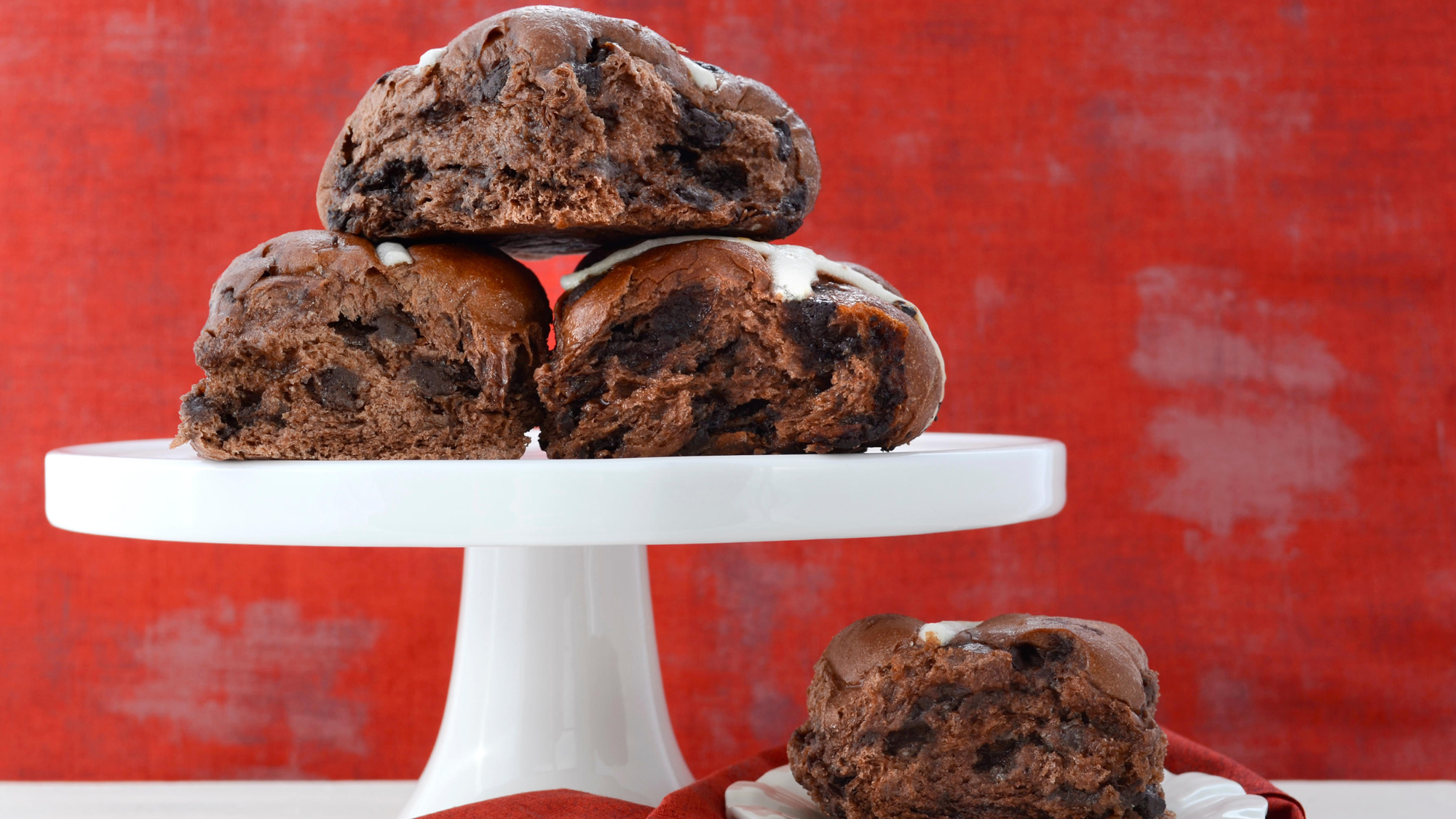 Quirky hot cross buns to try this Easter
Quirky hot cross buns to try this EasterThe Week Recommends Creative, flavourful twists on the classic Easter bake, from tiramisu and stem ginger to a cheesy sharing-size treat
-
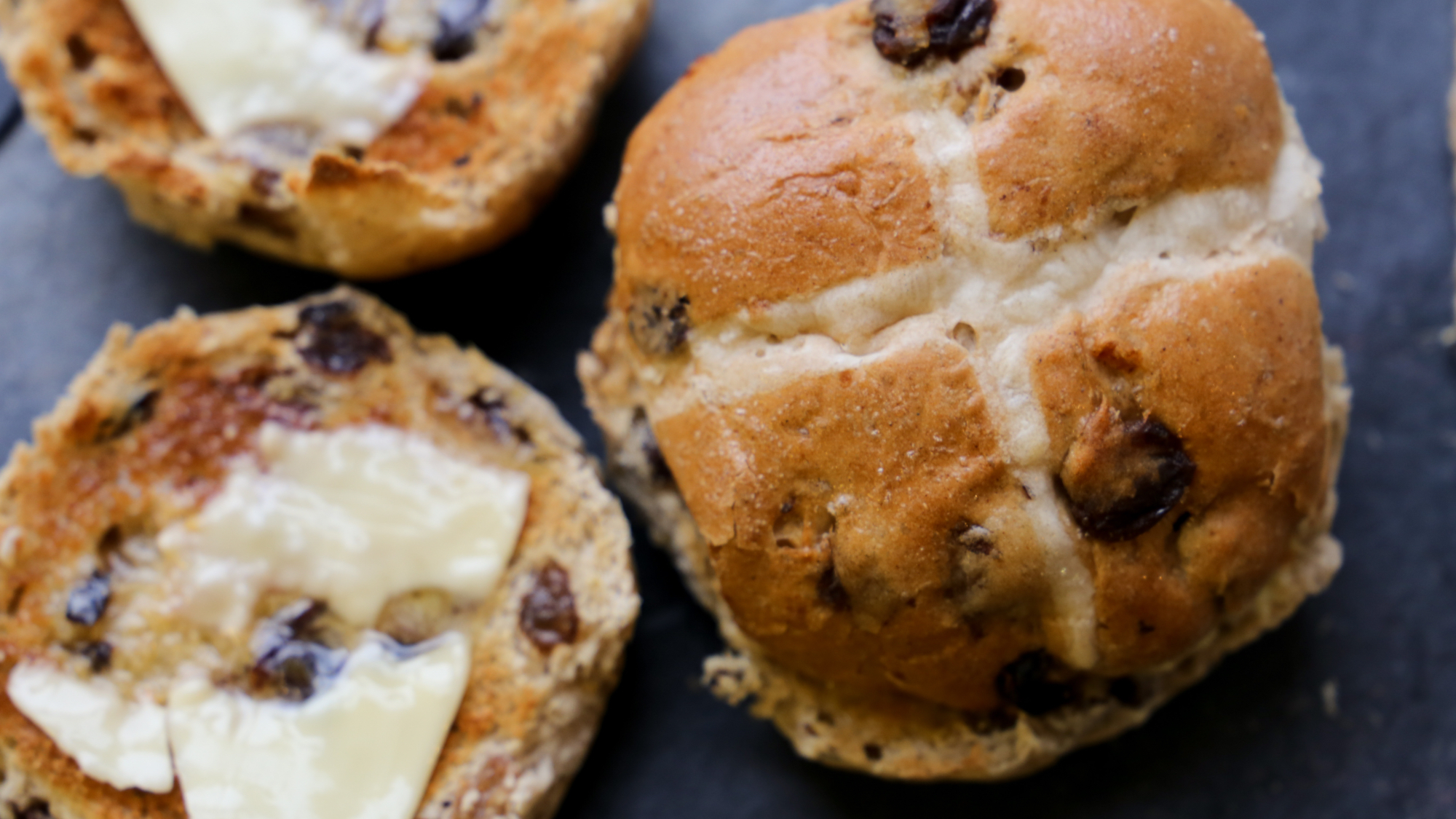 'Not cross buns': the row over recipe revamps
'Not cross buns': the row over recipe revampsTalking Point New versions of the Easter favourite have sparked controversy but sales are soaring
-
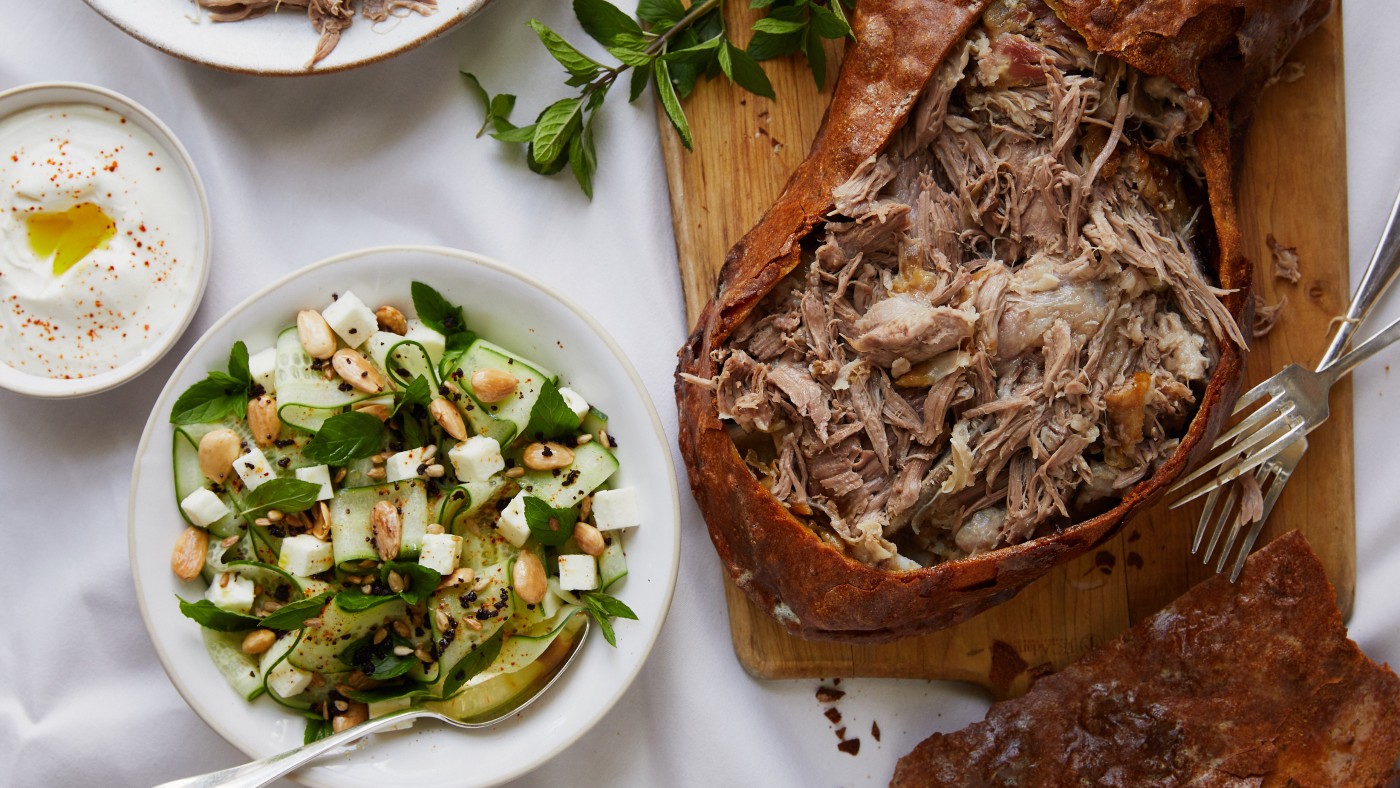 Easter recipe: Adam Smith’s salt baked lamb shoulder
Easter recipe: Adam Smith’s salt baked lamb shoulderThe Week Recommends A tasty and fresh dish served with an English feta, cucumber and mint salad
-
 Recipe: Niamh Larkin’s Easter egg chocolate cake pops
Recipe: Niamh Larkin’s Easter egg chocolate cake popsThe Week Recommends The perfect way to use up your chocolate over the weekend
-
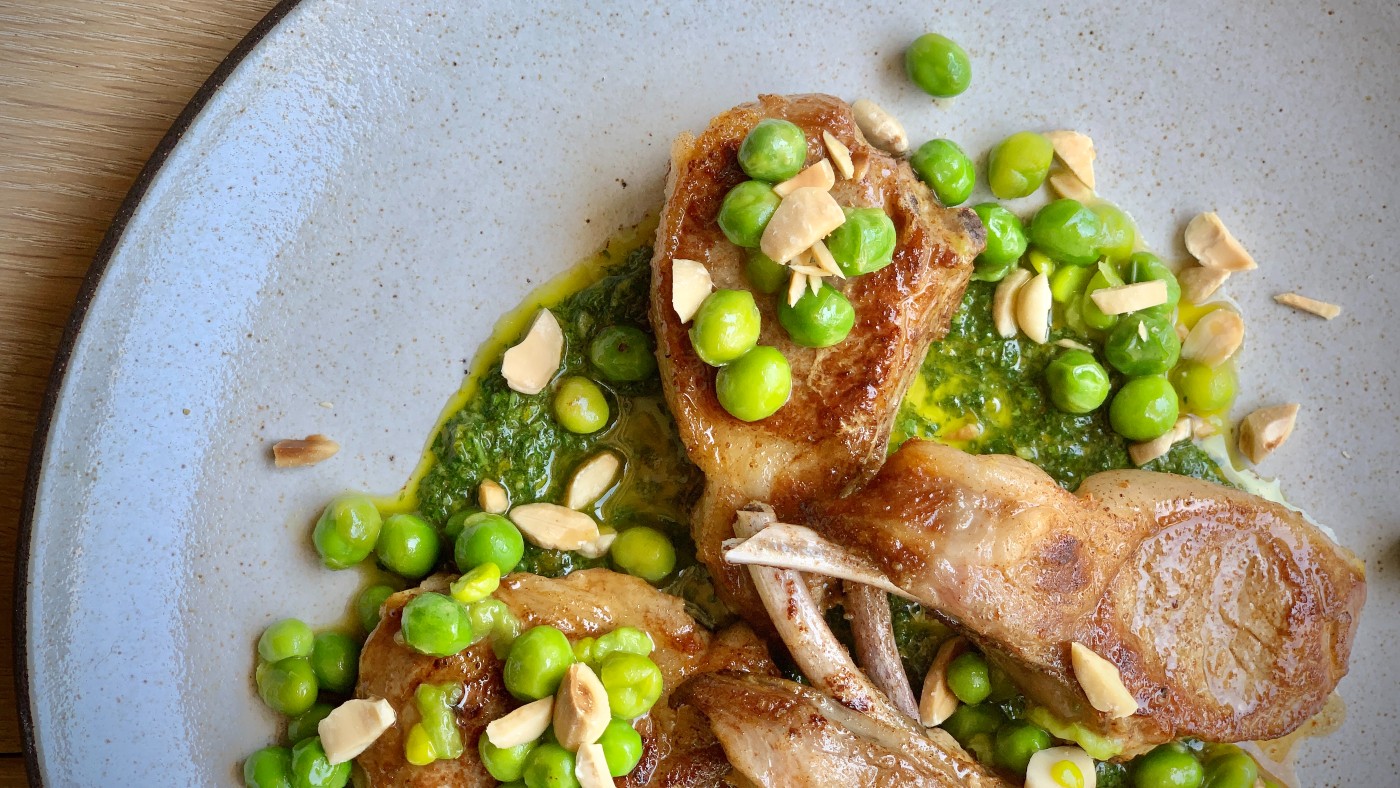 Easter recipe: Cyril Lignac’s chimichurri lamb chops with peas
Easter recipe: Cyril Lignac’s chimichurri lamb chops with peasThe Week Recommends This is an Easter lamb main course with a difference
-
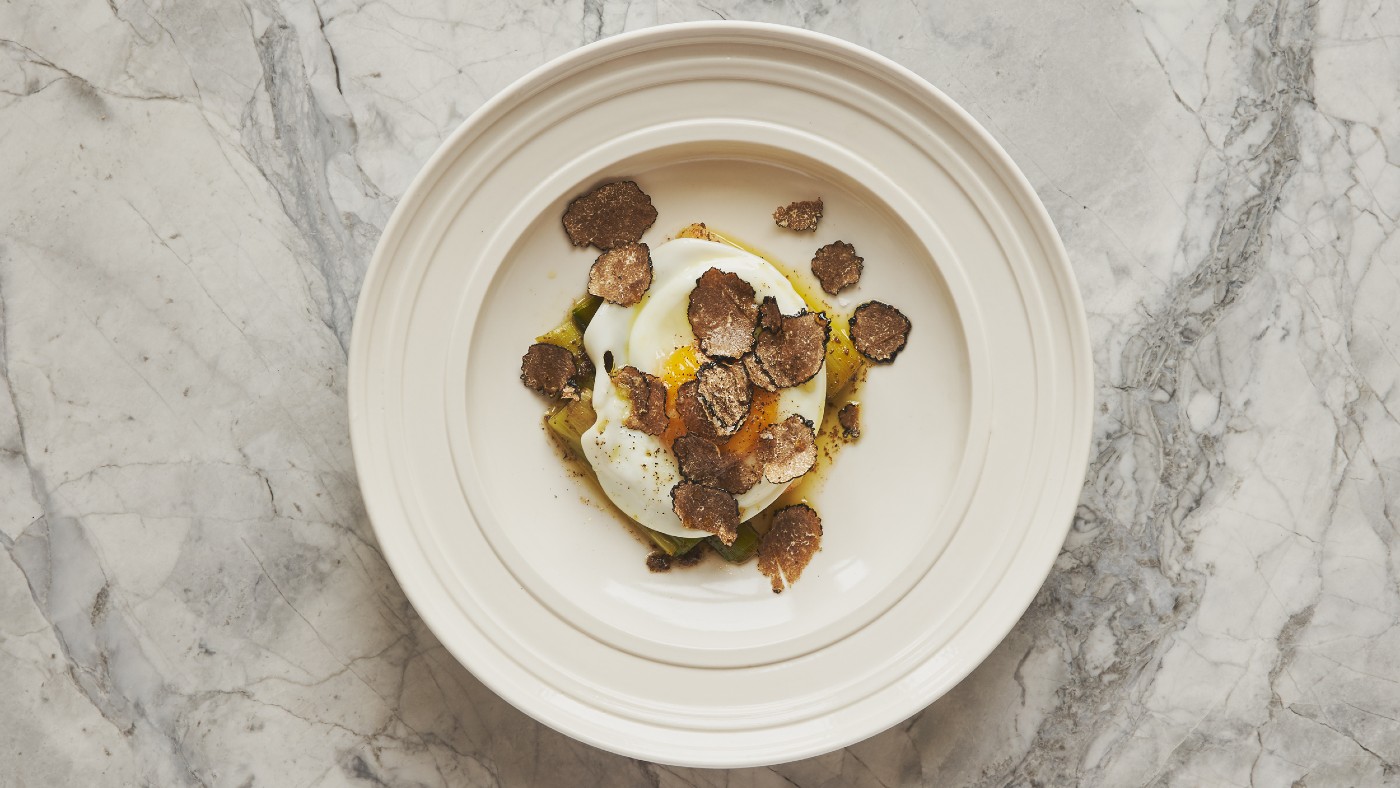 Easter recipe: Charlie Hibbert’s egg, leeks and shaved truffle
Easter recipe: Charlie Hibbert’s egg, leeks and shaved truffleThe Week Recommends A springtime dish which makes an ideal brunch or lunch
-
 2023 Easter food guide
2023 Easter food guideThe Week Recommends Foodie inspiration for the bank holiday including chocolate eggs, roasts, fish, hampers and cakes
-
 Easter travel 2019: the best hotels, packages and deals
Easter travel 2019: the best hotels, packages and dealsIn Depth Take the family for an extended break this Easter with one of these luxury holidays